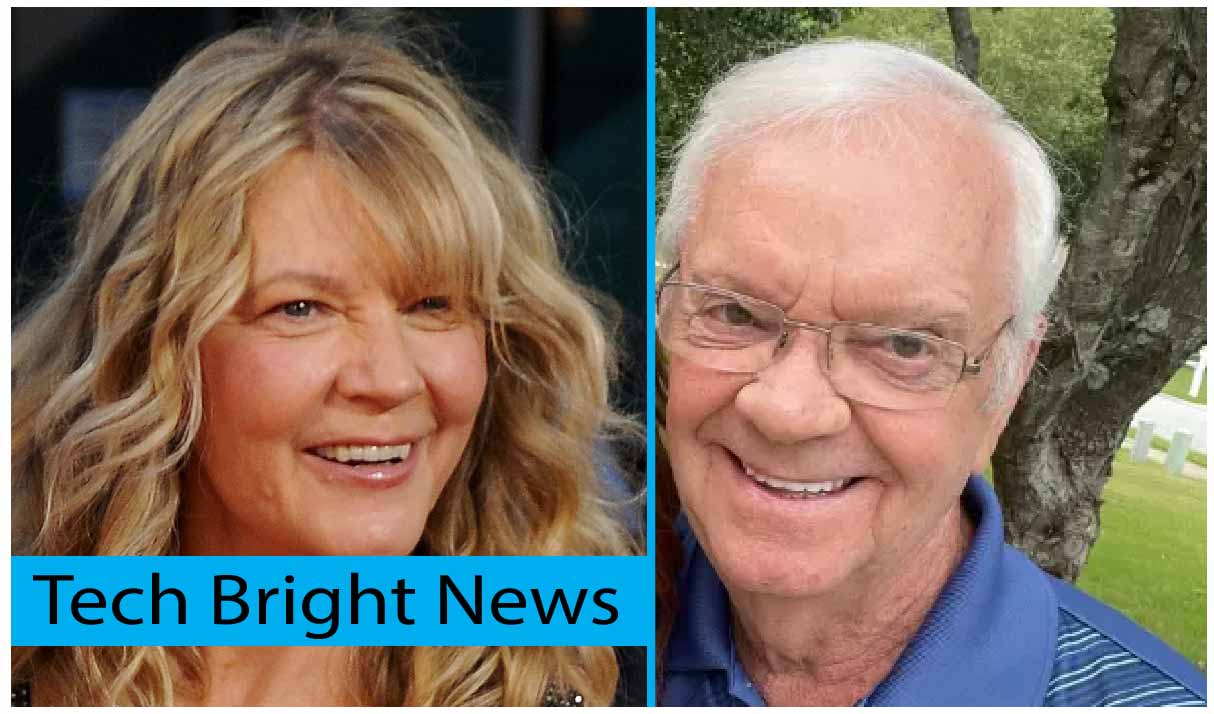Avika Kaushibai Washu is an architect whose work sits at the intersection of design, sustainability, and social equity. From riverfront parks to public schools and neighborhood clinics, her projects show how beautiful, durable spaces can also be climate‑smart and community‑led. If you’re a student, practitioner, or city leader, this profile distills practical lessons you can apply right away.
Profile Bio: Avika Kaushibai
| Attribute | Details |
|---|---|
| Full Name | Avika Kaushibai Washu |
| Profession | Architect, Designer, Philanthropist, and Social Impact Leader |
| Known For | Sustainable architecture, community-driven projects, and women’s empowerment through the Avika Foundation |
| Date of Birth | June 30, 1997 |
| Place of Birth | Mumbai, India |
| Nationality | Indian |
| Education | Bachelor’s and Master’s in Architecture from Washington University (specialization in Sustainable Urban Design) |
| Key Skills | Green architecture, eco-friendly design, urban regeneration, inclusive community planning |
| Notable Works | Riverfront Commons Renewal (Ahmedabad), Learning Courtyard School (Pune), Community Health Hub (Indore) |
| Foundation | Founder of The Avika Foundation – focused on education, equality, and environmental awareness |
| Awards | Best Eco-Friendly Design Award, Women of Impact in Design, Global Green Architecture Council Recognition |
| Years Active | 2015 – Present |
| Influence Areas | Sustainability, social equality, education empowerment, gender equality in design |
| Inspirations | Nature-based design, social inclusion, and traditional craftsmanship |
| Current Projects | Eco-Hub Campus Initiative and Global Design Mentorship Program |
| Philanthropy Focus | Education for underprivileged children, sustainable community development, women in architecture |
| Hobbies & Interests | Reading architecture journals, sketching public spaces, traveling for research, mentoring students |
| Languages Known | English, Hindi, Marathi |
| Net Worth (Estimated) | Not officially disclosed – primarily invests in non-profit and educational initiatives |
| Motto / Quote | “Design is not just about buildings; it’s about building better lives.” |
| Website / Organization | Avika Foundation (Insert foundation link if available) |
Early Life and Educational Journey
Family & Background
Avika grew up in a family culture that valued learning, integrity, and service. Everyday observations—how a shaded bench invites friendships, how a safe walkway opens job access for women, how a community hall can double as a classroom—sparked her belief that architecture can be a lever for fairness. She blends respect for artisans and elders with modern methods that conserve resources and strengthen community well‑being.
Academic Path
Features about Avika often cite Washington University in St. Louis (WashU) as a turning point. There, she learned to translate poetic ideas into measurable outcomes—daylight simulations that improve comfort, field research that anticipates how families use a plaza after sunset, and life‑cycle carbon accounting to guide materials choices. Mentors introduced participatory charrettes and equitable procurement, shaping a practice that is rigorous, evidence‑based, and people‑first. By graduation, her portfolio proved that performance and beauty can (and should) coexist in public projects.
Career in Architecture
Early Career Milestones
Avika’s early roles combined competition entries, community consultations, and on‑site prototyping. She didn’t stop at drawings—she built full‑scale mockups of shade structures, bioswales, and recycled‑brick walls to test comfort, drainage, and aging. She treated feedback from teachers and neighbors as equal to expert critique, refining designs around real walking patterns and maintenance capacity. These formative years built fluency with small budgets, local materials, and municipal collaboration.
Signature Design Approach
Her approach marries passive cooling, cross‑ventilation, stack‑effect atria, and social courtyards with eco‑friendly, repairable materials. Public edges remain porous so shops, clinics, and learning rooms can spill into shaded walks. Sensors and simple dashboards verify performance, showing that high‑tech and hand‑made can work together when the goal is comfort, safety, and dignity.
Notable Projects & Innovations
Riverfront Commons Renewal (2019, Ahmedabad)
A flood‑prone embankment became a resilient park‑lung with terraced wetlands, permeable paths, and naturally ventilated shelters.
-
Concept: Ecological repair + social inclusion, with lighting and safe seating for women and children near active edges.
-
Innovation: Modular shade canopies using reclaimed wood/steel; planters irrigated by treated graywater.
-
Impact: Cooler evening microclimate, micro‑enterprise kiosks, and sustained family use.
Learning Courtyard School (2021, Pune)
A public school modernized around daylight, ventilation, and student experience.
-
Concept: Classrooms tuned to daylight; wide verandas; a central courtyard that doubles as amphitheater and heat chimney.
-
Innovation: Low‑cost ceramic jaali screens, roof rainwater harvesting, plug‑and‑play lab modules.
-
Impact: Calmer acoustics, lower electricity bills, and improved attendance—especially among girls—due to better sanitation and safe circulation.
Community Health Hub (2023, Indore)
A compact clinic woven into a busy neighborhood.
-
Concept: Dignity and calm through filtered daylight, greenery, and an open veranda used as waiting space.
-
Innovation: Solar hot water, cool‑roof coatings, washable terrazzo floors.
-
Impact: Shorter queues due to clear patient flow, stronger nutrition‑class participation, measurable energy savings. Evenings host women’s groups, turning the hub into a safe learning space.
Philanthropy and the Avika Foundation
Mission & Vision
The Avika Foundation is built on a simple promise: the right to learn, design, and lead belongs to everyone. It lowers barriers to education and shares climate‑smart knowledge communities can use immediately. Architects act as facilitators—not gatekeepers—so neighborhoods can co‑author schools, clinics, and parks and maintain them as conditions change.
Key Programs: Education, Gender Equality, Sustainability
-
Education: Scholarships for young women in architecture; traveling material libraries of low‑carbon products; weekend studios in passive cooling and site analysis.
-
Gender Equality: Sightline mapping, lighting audits, and safe‑route planning to embed safety by design.
-
Sustainability: Graywater reuse, rooftop agriculture, community composting. Mentorship links students with practicing engineers and planners so communities become informed clients who demand measurable outcomes.
Community Impact & Awards
Impact shows up in data and daily life: safer school routes, cooler clinics during heat waves, and thriving micro‑businesses along shaded markets. Juries praise the foundation’s practical toolkits and open‑source checklists, and the culture of maintenance they seed—watering schedules, daylight comfort logs, and porous‑paving budgets—so communities steward what they helped create.
Challenges and Resilience
Avika has navigated budgets that favored image over performance, meetings that muted community voices, and contracts biased toward high‑carbon materials. Her response: evidence and early participation. Sidewalk mockups, pilot blocks, and transparent operating‑cost models won over finance teams and engineers alike—proving inclusive processes don’t slow projects; they de‑risk them.
Awards & Recognition
Her recognitions emphasize usefulness and measurable sustainability: riverfront cooling effects, attendance gains in schools, and clinic energy savings. A frequently noted honor is the Best Eco‑Friendly Design Award, highlighting life‑cycle carbon reduction, water stewardship, and local workforce training. Features on women of impact in design often cite her advocacy for fair hiring, paid internships, and safe construction sites.
Social Impact & Empowering Women
Avika treats women’s empowerment as both a workforce goal and a design outcome. She mentors students, checks pay equity on teams, and champions women’s leadership in site supervision and specification writing. In neighborhoods, lighting layouts, seating clusters, and vendor edges are co‑designed to support caregivers and girls moving safely after dark. Partnerships with artisans and small contractors widen who benefits from public spending.
Vision for Future Projects
Looking ahead, Avika focuses on climate adaptation, open performance data, and local capacity:
-
Eco‑hub campuses where students, artisans, and municipal staff co‑create prototypes—solar shelters, floodable parks, cool‑roof kits—and publish results openly.
-
Rotating mentorships that place apprentices inside community offices to learn public finance, maintenance planning, and facilitation.
-
Replicable small parts linked by policy and civic will, so the most beautiful city is the one everyone feels empowered to repair.
Legacy & Practical Lessons
-
Lead with measurable kindness: cooler courtyards, safer walks, lower bills, more learning hours.
-
Publish the method, not the mystique: share checklists and dashboards so others can copy and improve.
-
Invite residents early and often: participation creates ownership—and long‑term care.
-
Design for maintenance: low‑carbon, repairable materials and simple performance tracking keep costs down and quality up.
Conclusion
Avika Kaushibai Washu shows how architecture can move beyond image to measurable public good. By pairing passive design with active community leadership and open‑source methods, her projects make neighborhoods cooler, safer, and more hopeful—especially for girls and women who deserve safe streets and real chances to lead. If you’re seeking practical inspiration, her roadmap is clear: listen deeply, build wisely, share openly, and leave every community stronger than you found it.
FAQs About Avika Kaushibai
Who is Avika Kaushibai Washu?
An architect known for blending sustainability with social impact, with projects that improve daily life while reducing environmental footprint.
What defines her design philosophy?
Passive strategies (daylight, ventilation, stack‑effect atria), repairable low‑carbon materials, porous public edges, and performance verification with simple sensors.
Which projects best show her approach?
The Riverfront Commons Renewal (Ahmedabad, 2019), Learning Courtyard School (Pune, 2021), and Community Health Hub (Indore, 2023)—each pairs climate strategies with inclusive design.
What does the Avika Foundation do?
It expands access to design education, embeds gender‑safety practices, and brings hands‑on sustainability training to communities through toolkits, workshops, and mentorship.
How can students or city leaders apply these ideas?
Start small with pilots; measure comfort, energy, and safety; budget for maintenance; and co‑design with residents from day one.
What outcomes matter most in her work?
Cooling during heat waves, safer mobility for women and children, lower utility bills, and spaces that support learning, health, and local enterprise.
More Updates & Alerts On: Melissa Esplana



